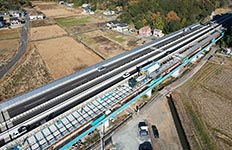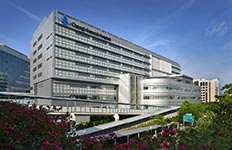Eiichi Shibusawa, called “the Father of Japanese Capitalism,” was invited to be the Advisor to our company in 1887. We hold his work “The Analects and the Abacus,” which expresses his worldview of economics united with ethics, to be our timeless and unchanging business compass.
In May 2019, we formulated “SHIMZ VISION 2030,” the long-term vision of the Shimizu Group toward 2030. In order to achieve this, we developed the “Mid-Term Business Plan〈2024-2026〉” in May 2024.
CREDO
“The Analects and the Abacus”
MANAGEMENT PRINCIPLES
With devotion and a spirit of innovation,
we work to create value that exceeds
expectations and contribute to
a sustainable tomorrow
SHIMZ VISION 2030
Shimizu Group’ s Strategy Towards 2030
The Shimizu Group will create new value and contribute to a safe, healthy and sustainable future for everyone by transforming and challenging ourselves beyond construction and co-creating with diverse partners.
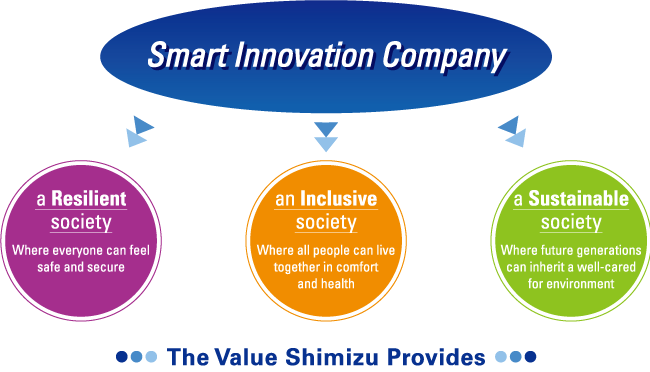
The Value Shimizu Group Provides
We will contribute to the 17 SDGs (Sustainable Development Goals) by providing value through innovation
With the heightened risk of natural disasters such as earthquakes, super-typhoons and torrential rain, there is an ever-increasing need to protect lives and businesses.
- Building strong and resilient infrastructure
- Extending the life of the built-environment
- Disaster prevention & mitigation technology
- Disseminate ecoBCP*
Facilities and urban development concepts that can effect both saving measures for normal operation (eco), and business continuity planning (BCP) for emergencies.
Targeted Goals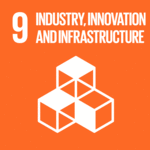
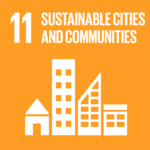
With rapid changes such as aging, population decline and urbanization, the future requires a society where anyone can live safely and comfortably.
- Urban development utilizing ICT
- Use of universal design
- Provide built-environments that enhance health and well-being
- Expand the fields of human activity (to the oceans and space)

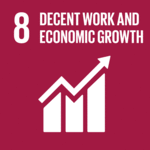
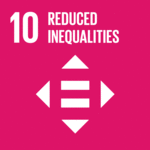

As global warming, deforestation and environmental pollution become more serious, we must increase efforts to leave behind an bountiful earth for the next generation.
- Use of sustainable energy
- Promotion of energy-saving, energy creation and ZEB (zero energy) facilities
- CO2 emissions reduction in all business activities
- Conservation of the natural environment and biodiversity
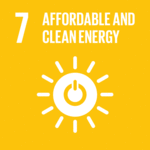

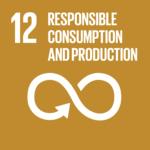



Towards the Achievement of our Vision
The Shimizu Group aims to be a Smart Innovation Company that creates new value through the integration of three innovations
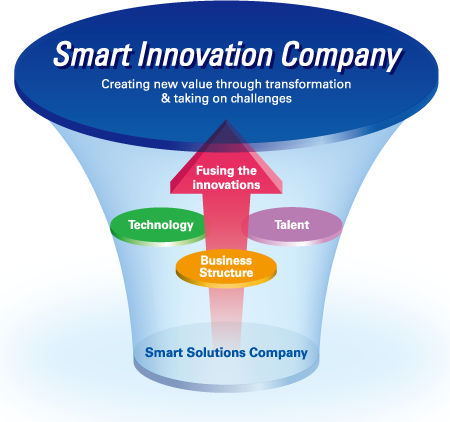
- Business Structure Innovation
- Diversify business models, accelerate global expansion, improve group management capabilities
- Technology Innovation
- Develop advanced technology to respond to the mega-trends of the future
Accelerate construction process technology development to increase competitive edge
- Talent Innovation
- Promote working style reforms that will enable diverse talent to thrive
Build knowledge/expertise through co-creation with others
Target Revenue Structure
By evolving into a Smart Innovation Company, we aim to achieve consolidated ordinary income of ¥200 billion or higher in fiscal 2030. The composition of consolidated gross profit is 65% for construction, 35% for non-construction businesses. And by region, 75% domestic business and 25% overseas.
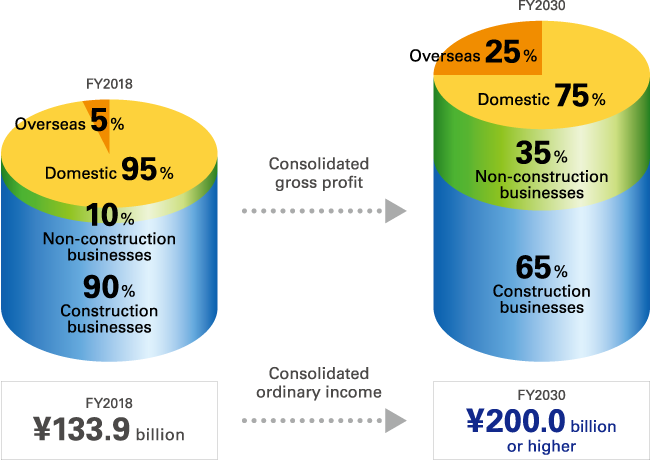
Mid-Term Business Plan〈2024-2026〉
Corporate Principles and the Mid-Term Business Plan
To apply our corporate credo and management principles and to achieve goals set by our long-term vision, “SHIMZ VISION 2030”, we will embrace a new mindset of “Choukensetsu" and take on challenges.
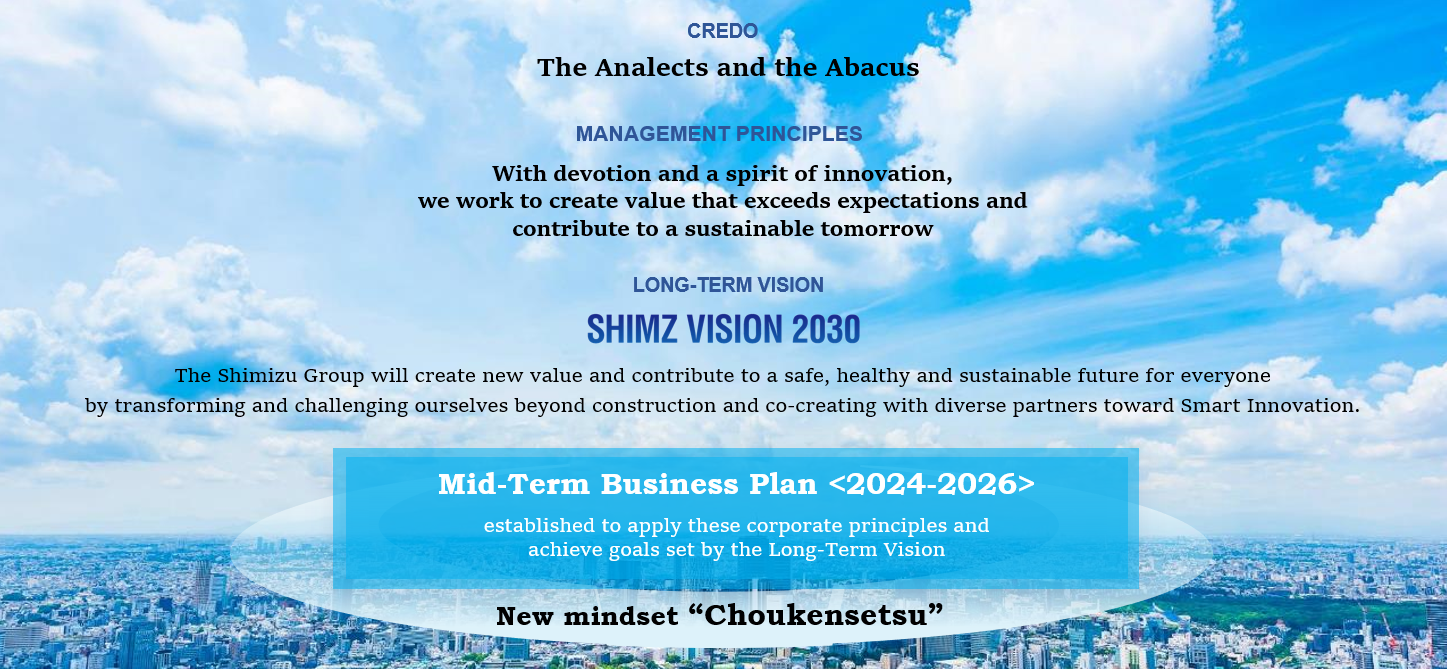
“Choukensetsu” is the thinking that Shimizu will proactively explore the essence of what clients and society wants, provide them with broad new values satisfying their essential needs, and consequently grow together. This mindset will draw upon Shimizu’s traditional values but will go beyond the constraint of the existing business or organization to embrace a wide range of services including construction.
Challenges for the Mid-Term Business Plan〈2024-2026〉
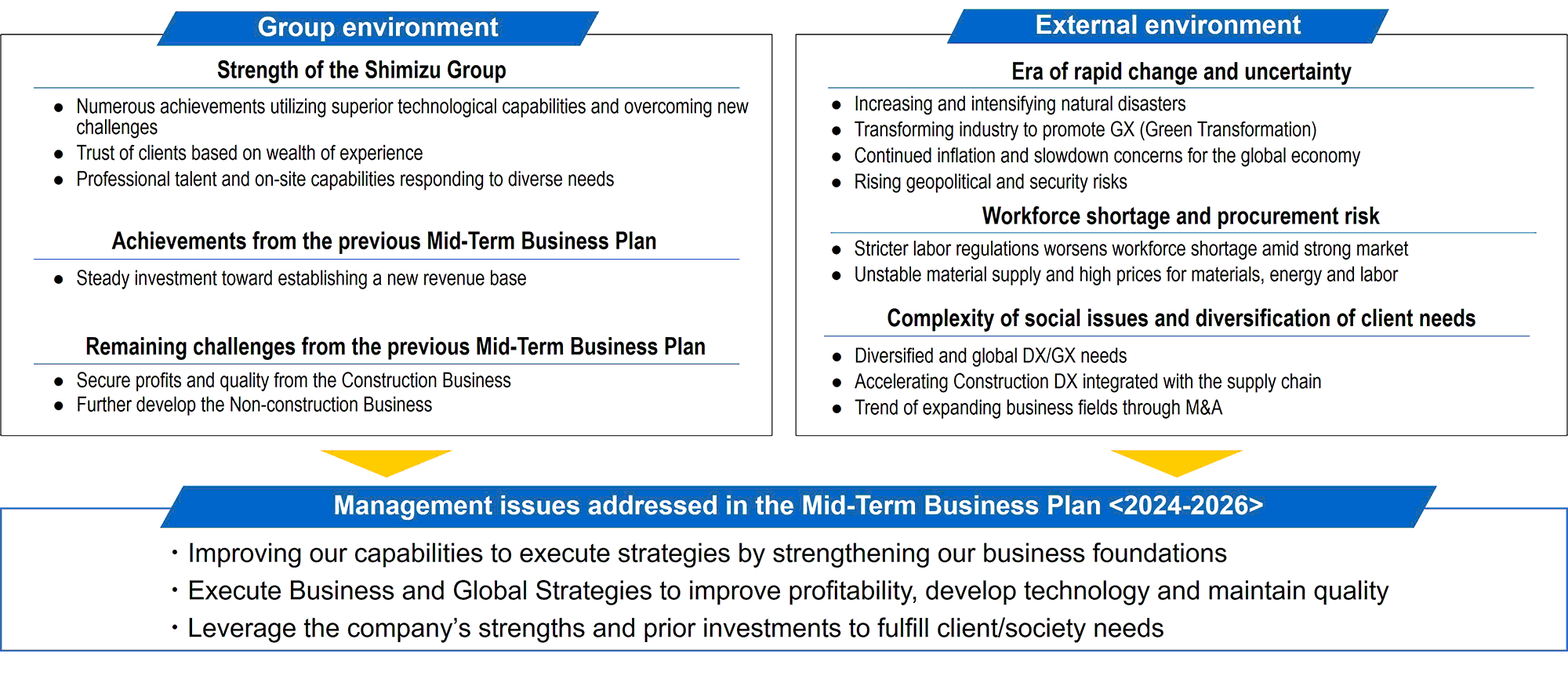
Basic Concept
Having reviewed the past Mid-Term Business Plan, we set FY2024 as “a year of new beginnings for a stronger business foundation” and developed the Mid-Term Business Plan〈2024-2026〉to address the issues identified.
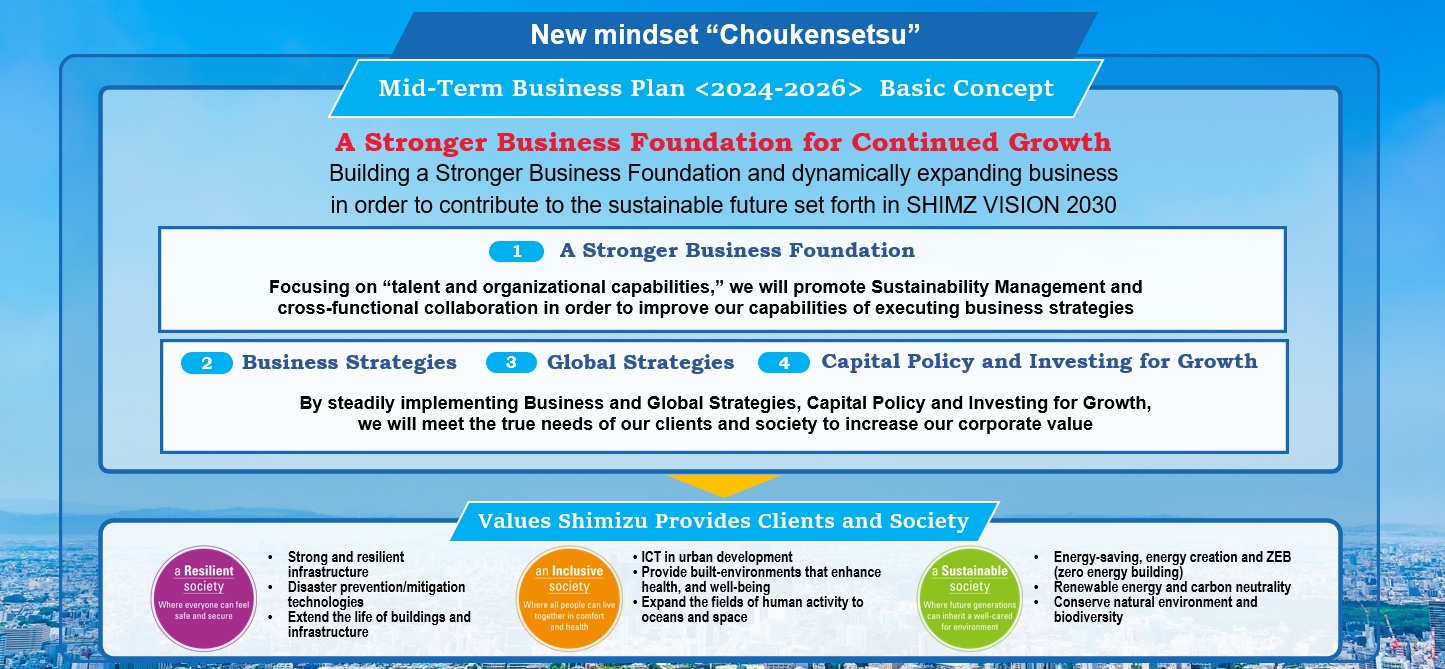
1A Stronger Business Foundation
In improving our strategy execution, we will develop talent and strengthen organizational capabilities, the two critical elements of our business foundation, as well as promoting Sustainability Management and fortifying cross-functional capabilities.
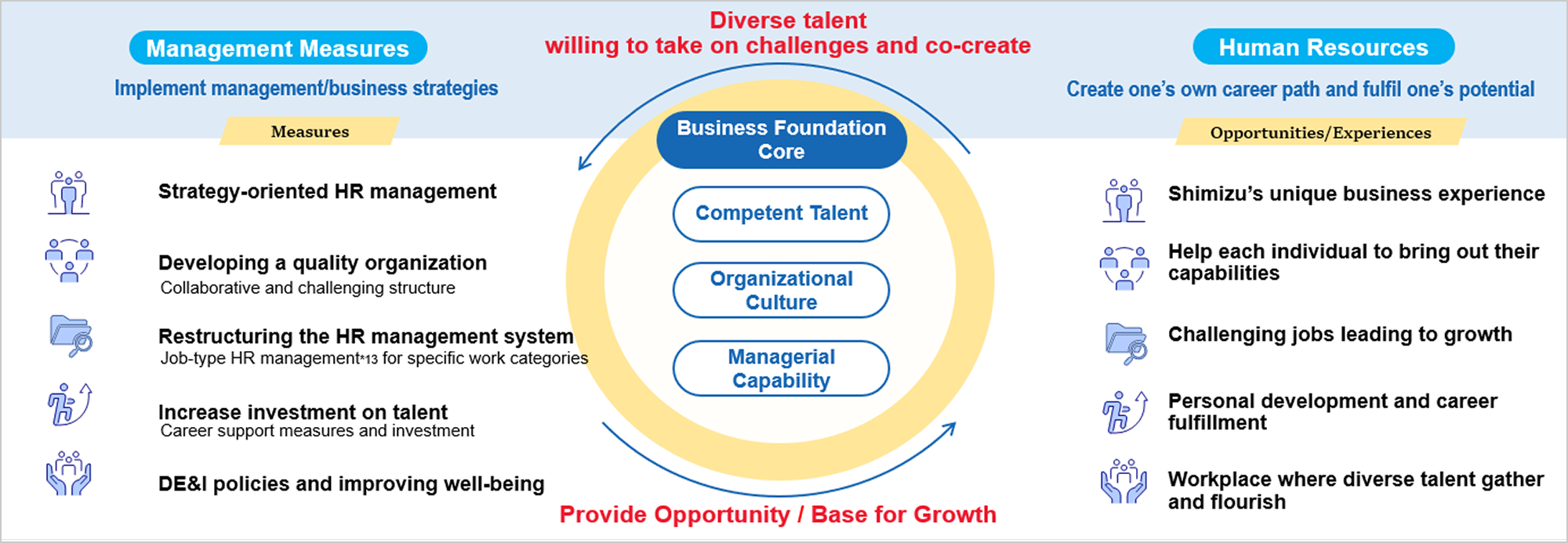

Non-financial KPI
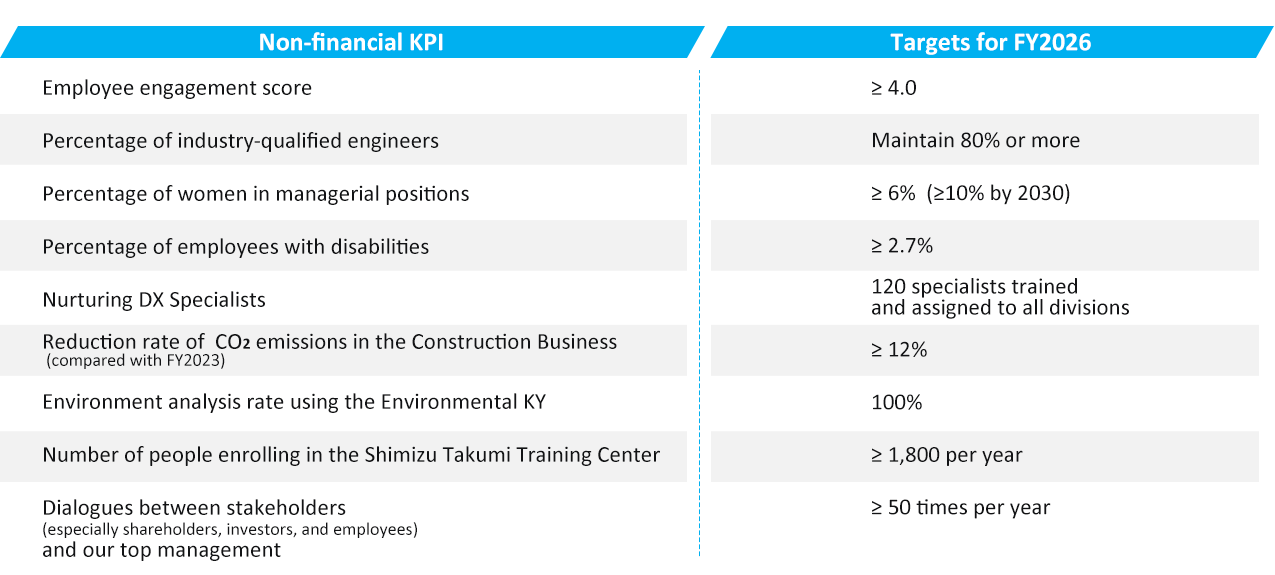
2Business Strategies
For each line of business, the Shimizu Group has established business policies that provide strategic direction. By expanding each business segment according to its business policy, we aim to build up our business portfolio.
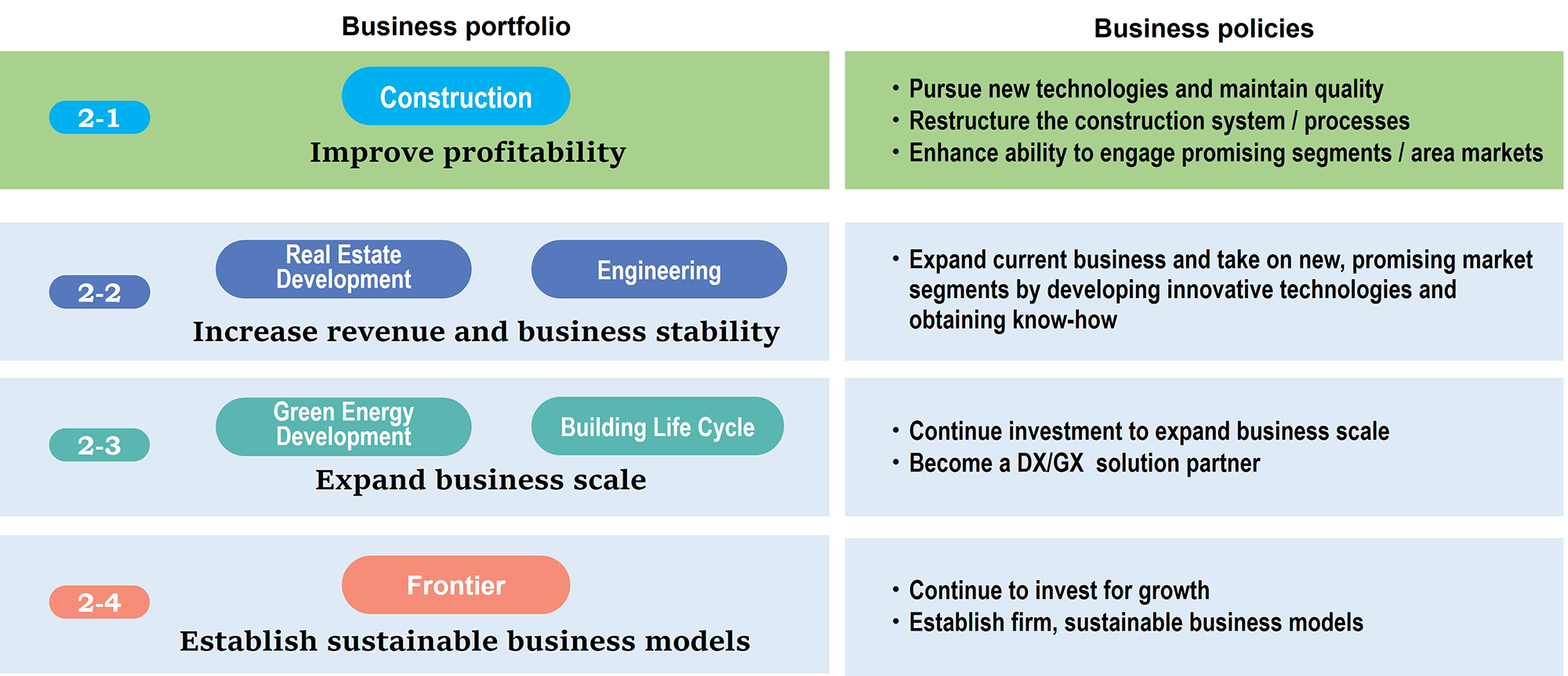
3Global Strategies
The Shimizu Group has undertaken infrastructure and landmark building projects in many countries, contributing to a global society where people can live a safe, secure, and comfortable life. We plan to adopt strategies optimized for each country and aim for each region to be self-determining so that we can grow further to be a truly global player.
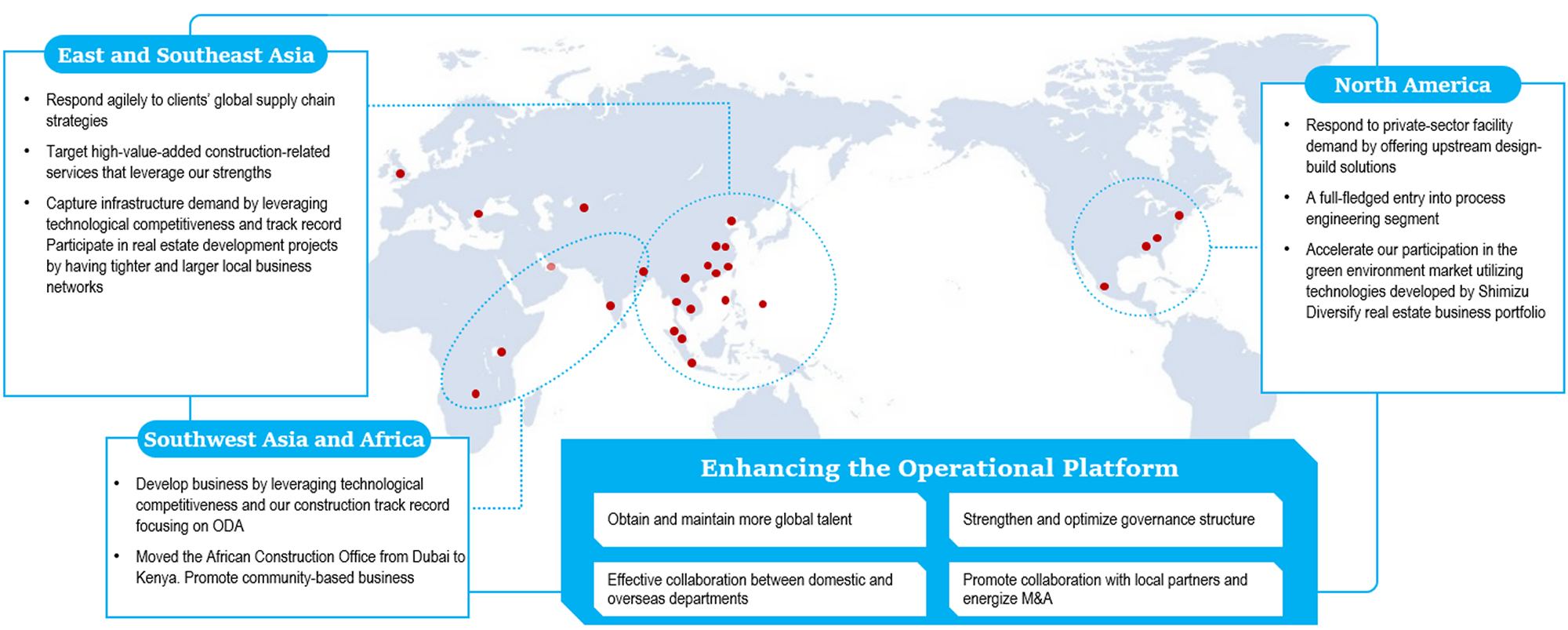
4Capital Policy and Investing for Growth
We aim to implement a capital policy focused on achieving financial goals, managing the cost of capital, and optimizing stock performance. We will continue to invest in talent and business development for sustained growth.
Financial Targets, Financial KPI
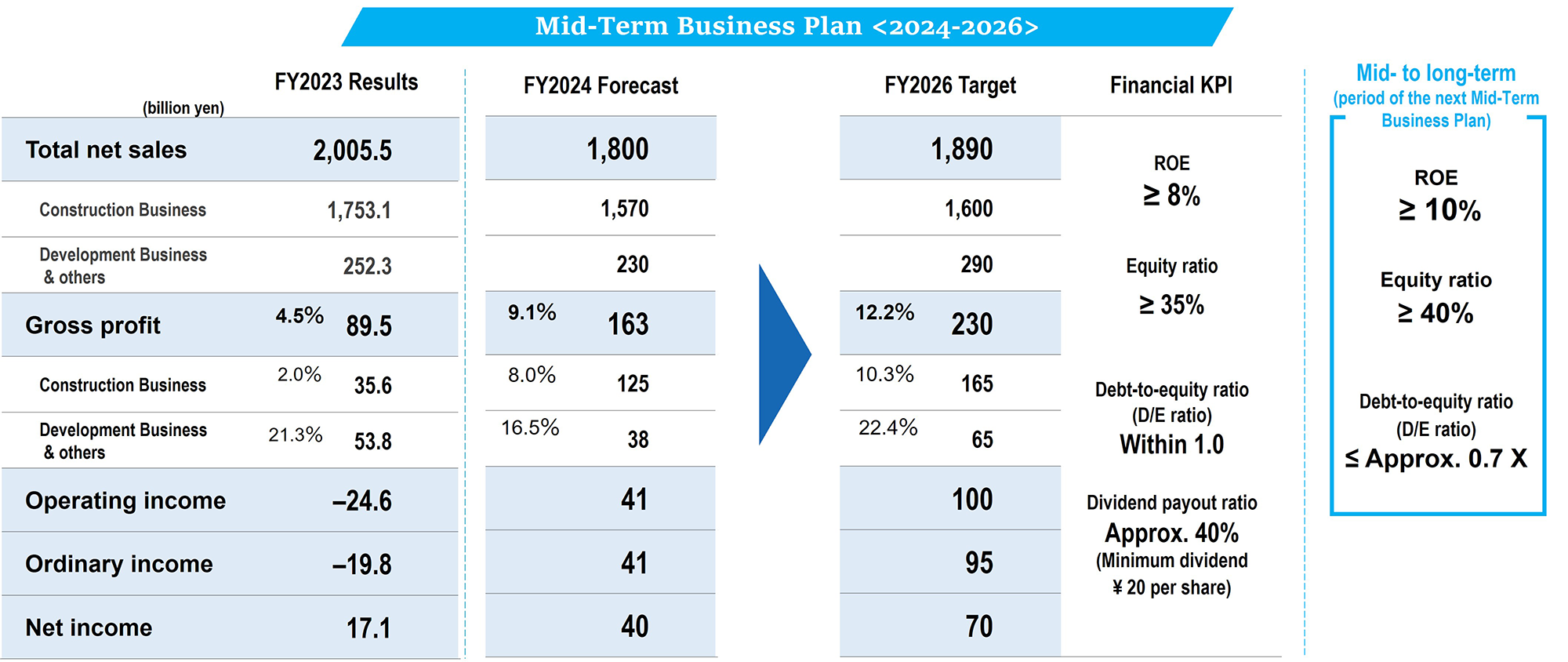
Cash Allocation
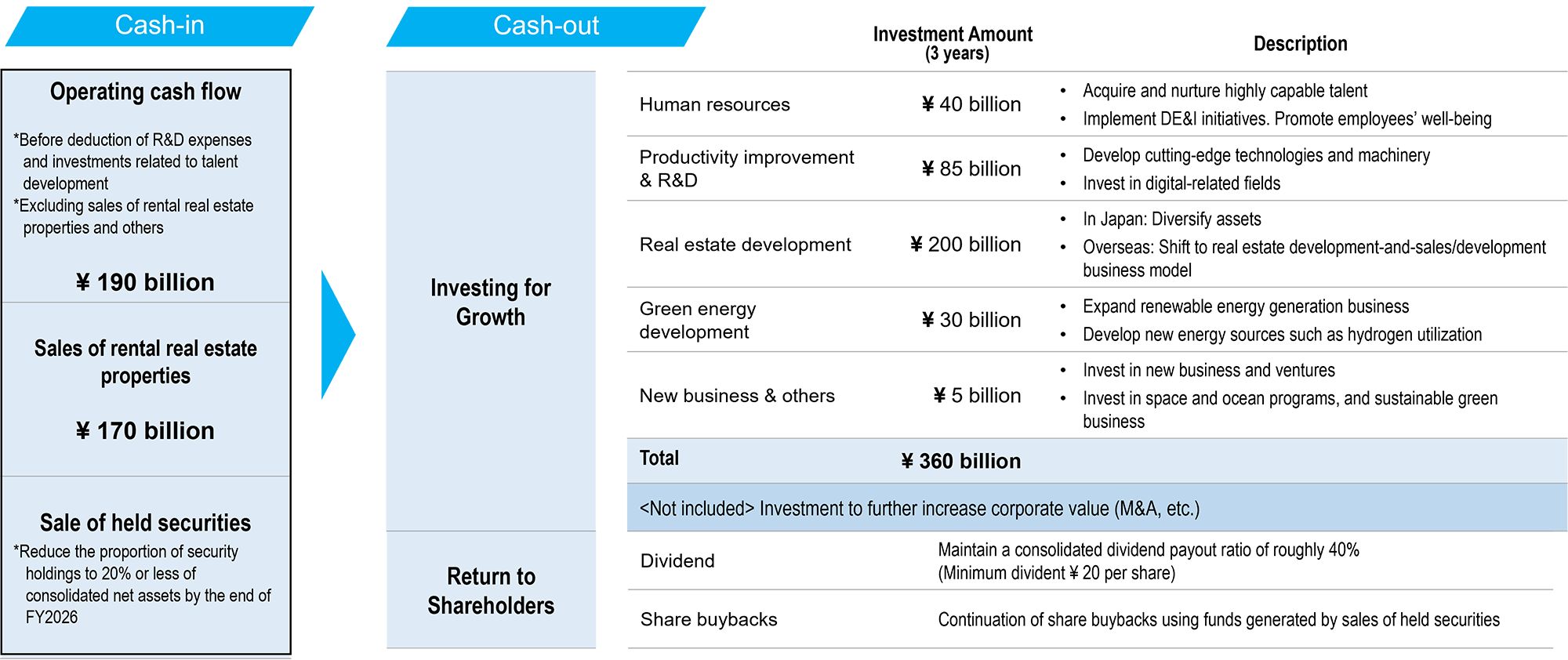
Management conscious of Cost of Capital and Stock Price
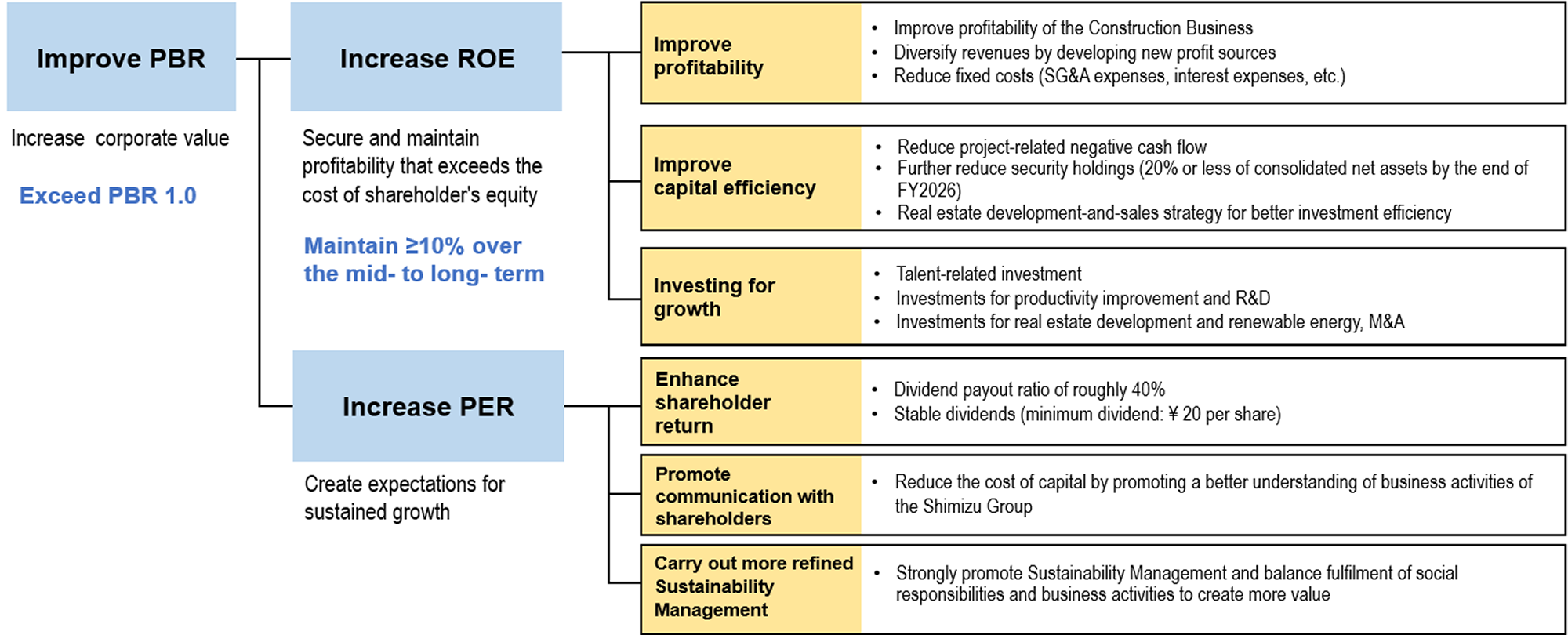
Previous Mid-Term Business Plan
At the Board of Directors Meeting held on November 12, 2024, we established a new goal of reducing the ratio of the outstanding amount of securities holdings to consolidated net assets, so that we can accelerate the implementation of “management that is conscious of cost of capital and stock price”.
Notice Concerning Reduction Target of Securities Holdings(PDF:279KB)


